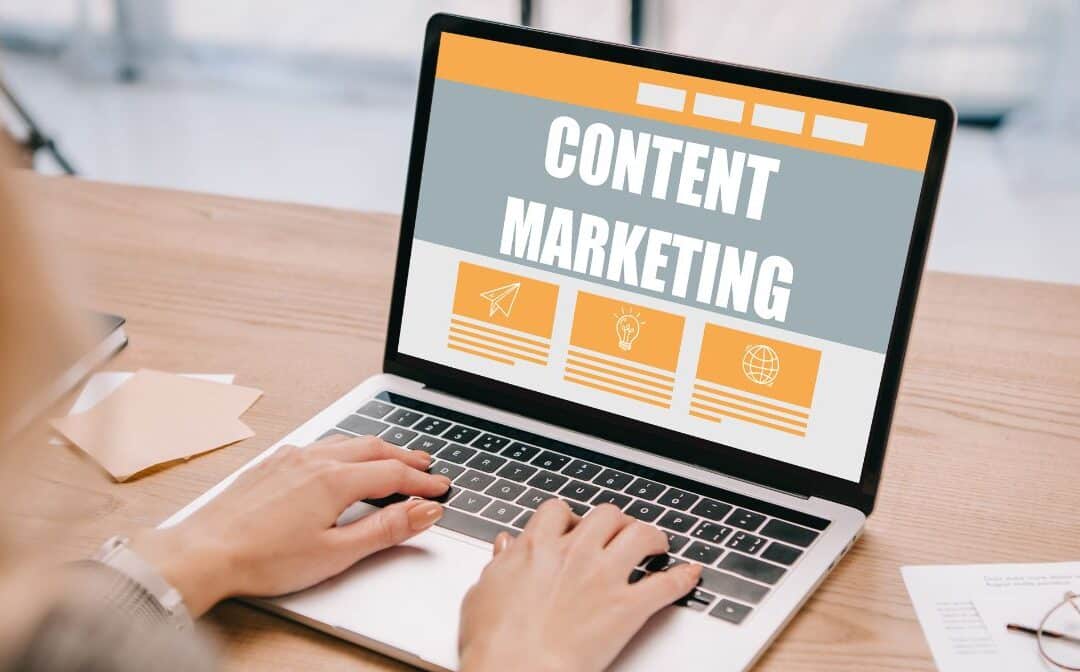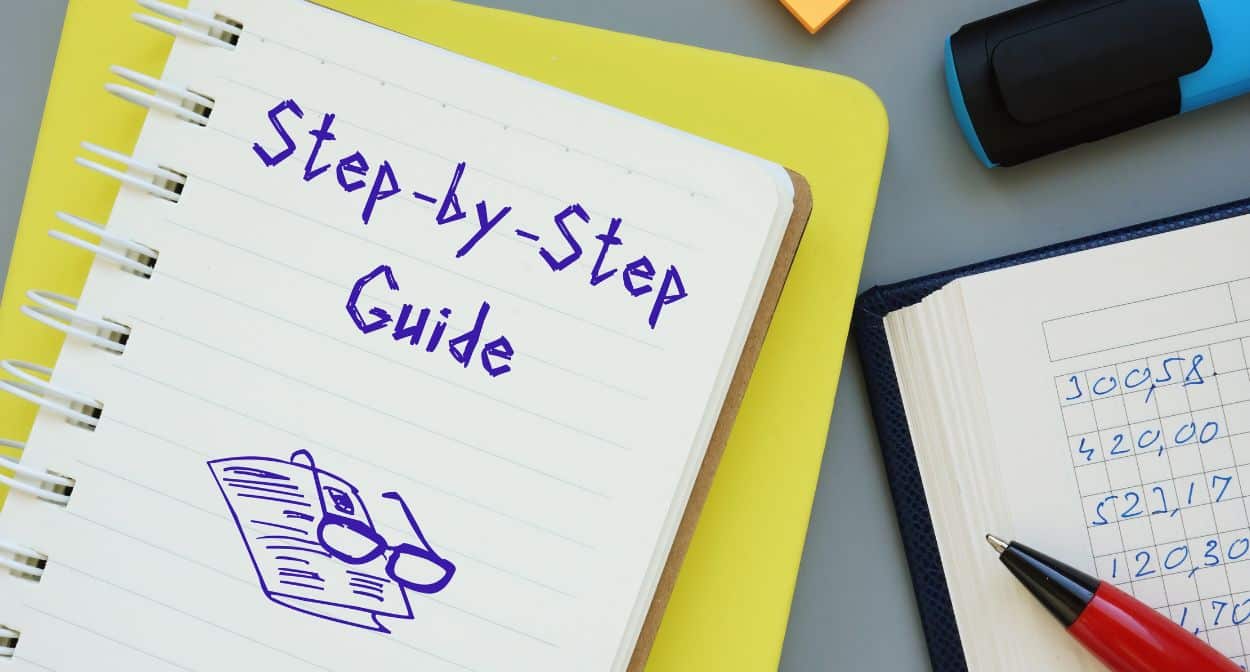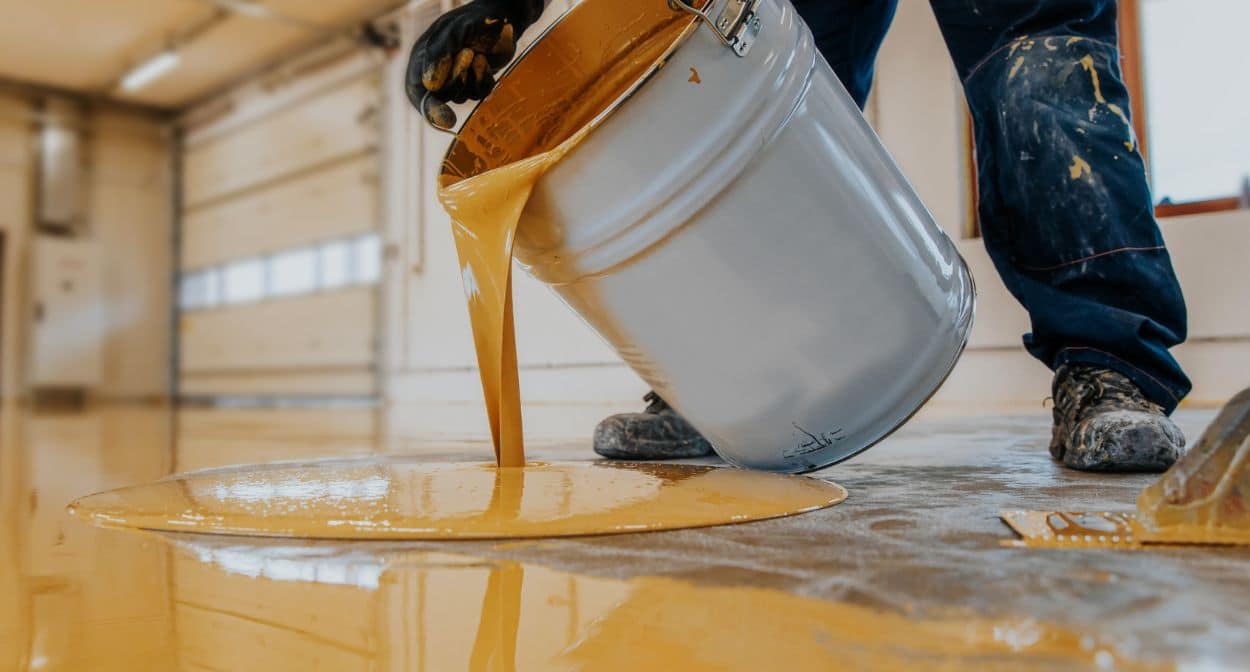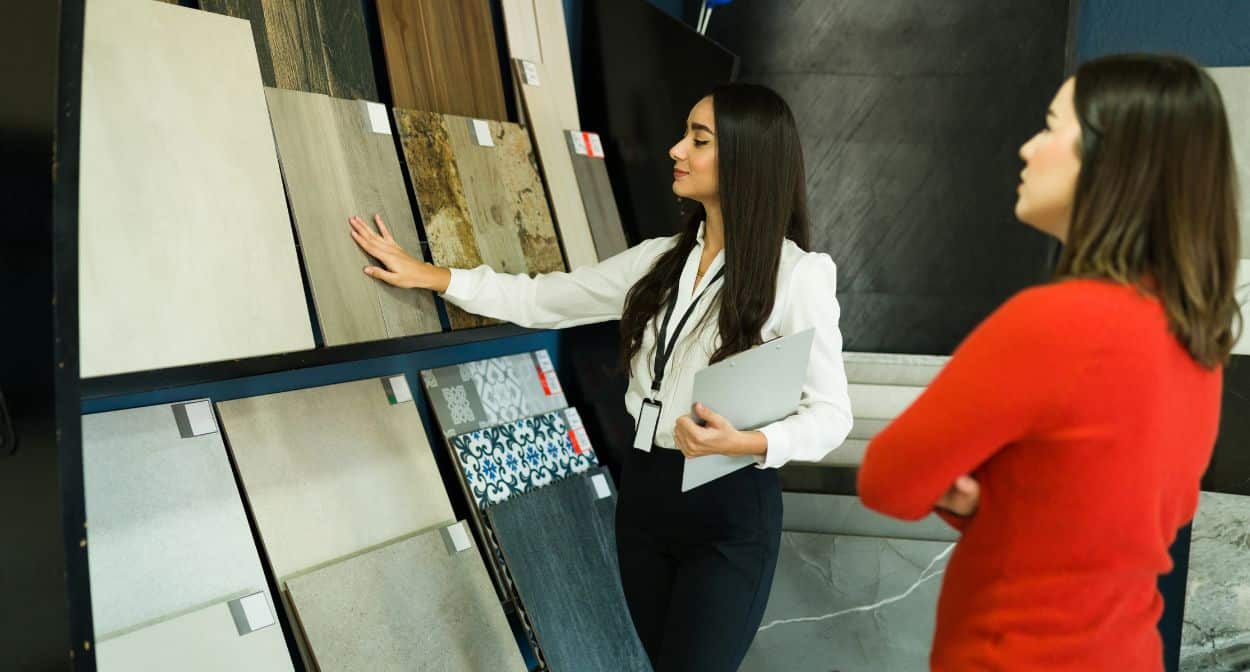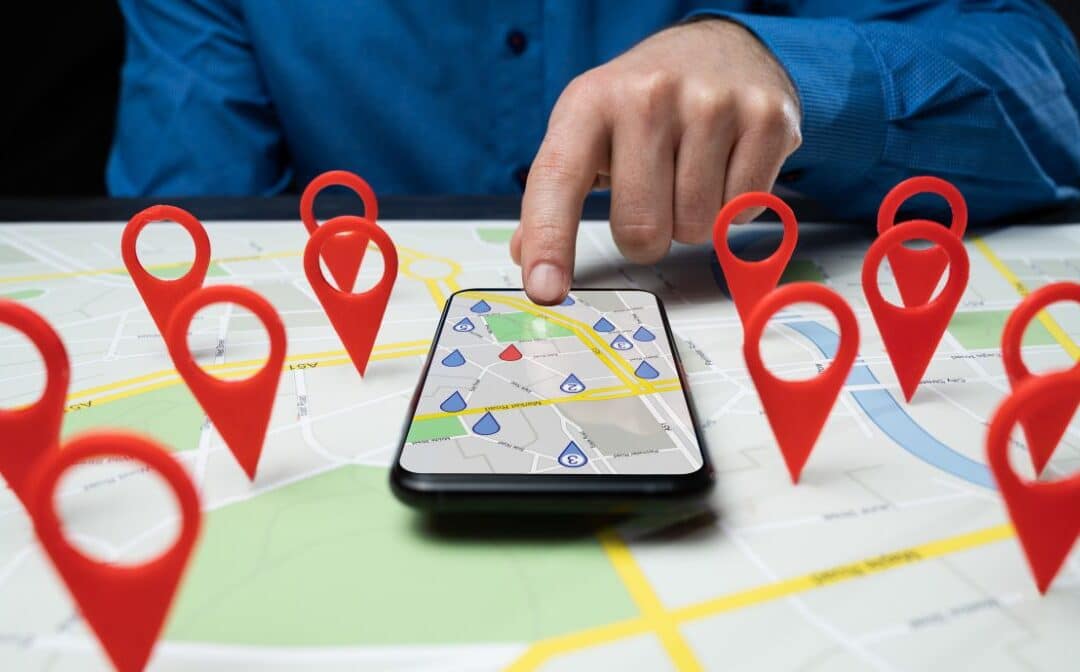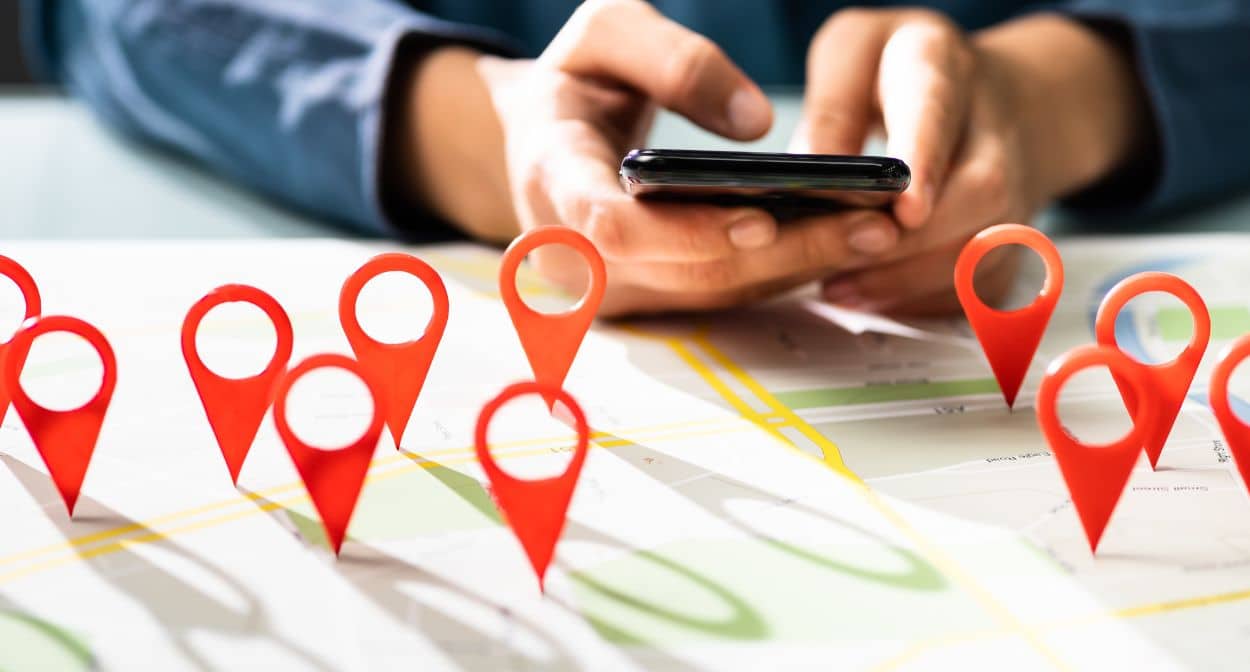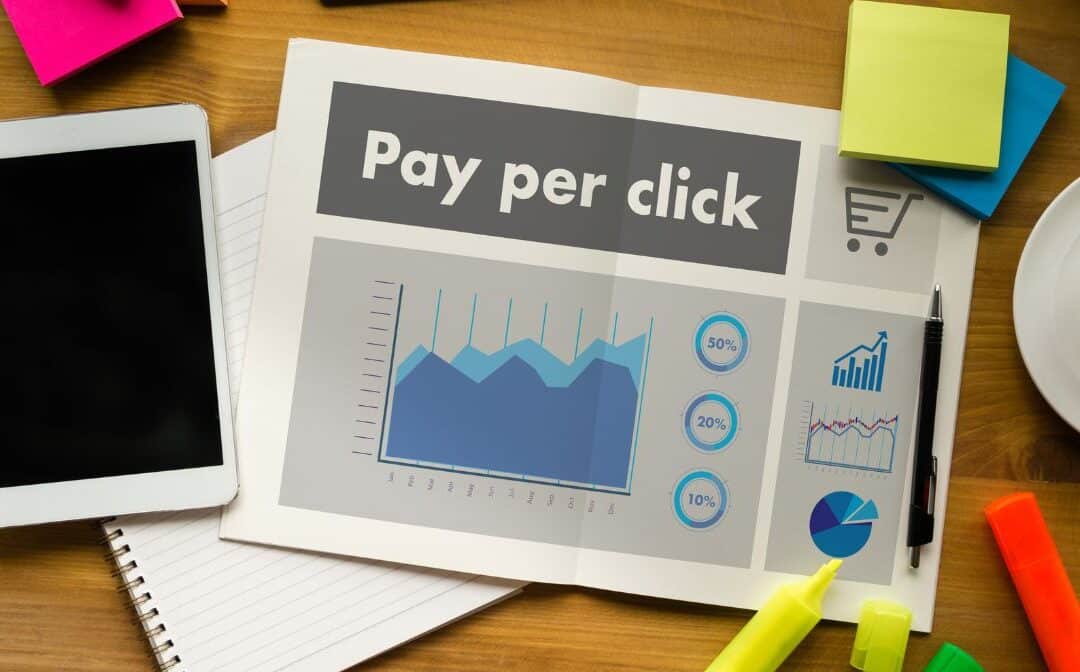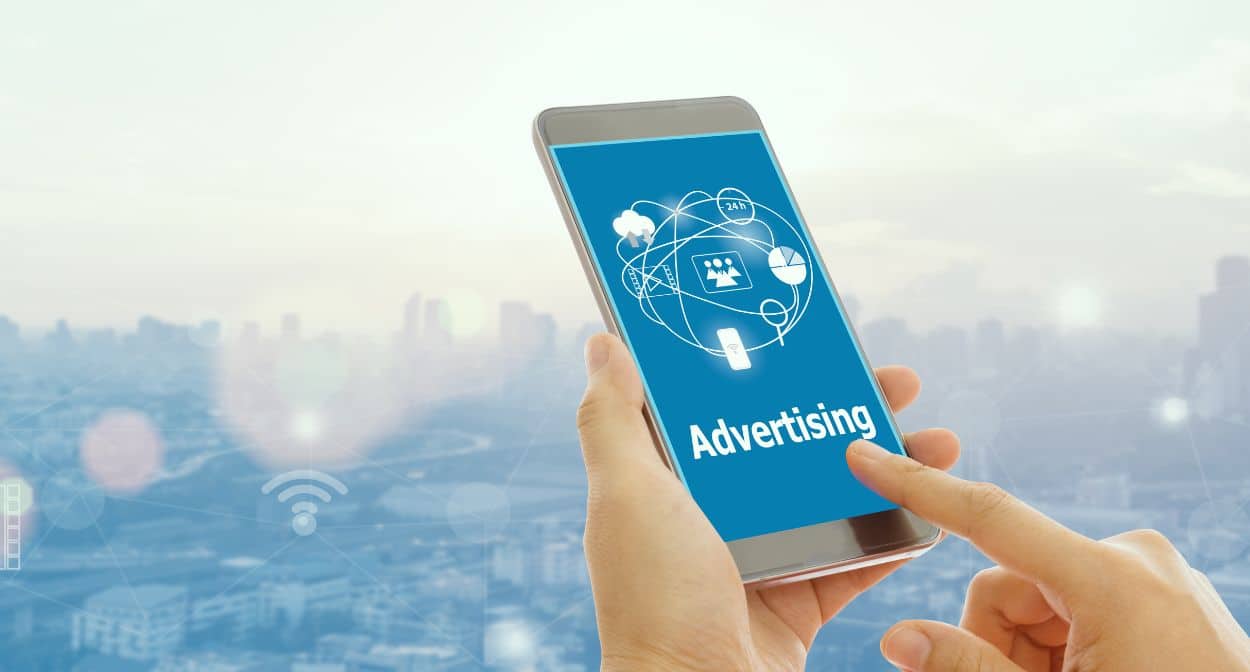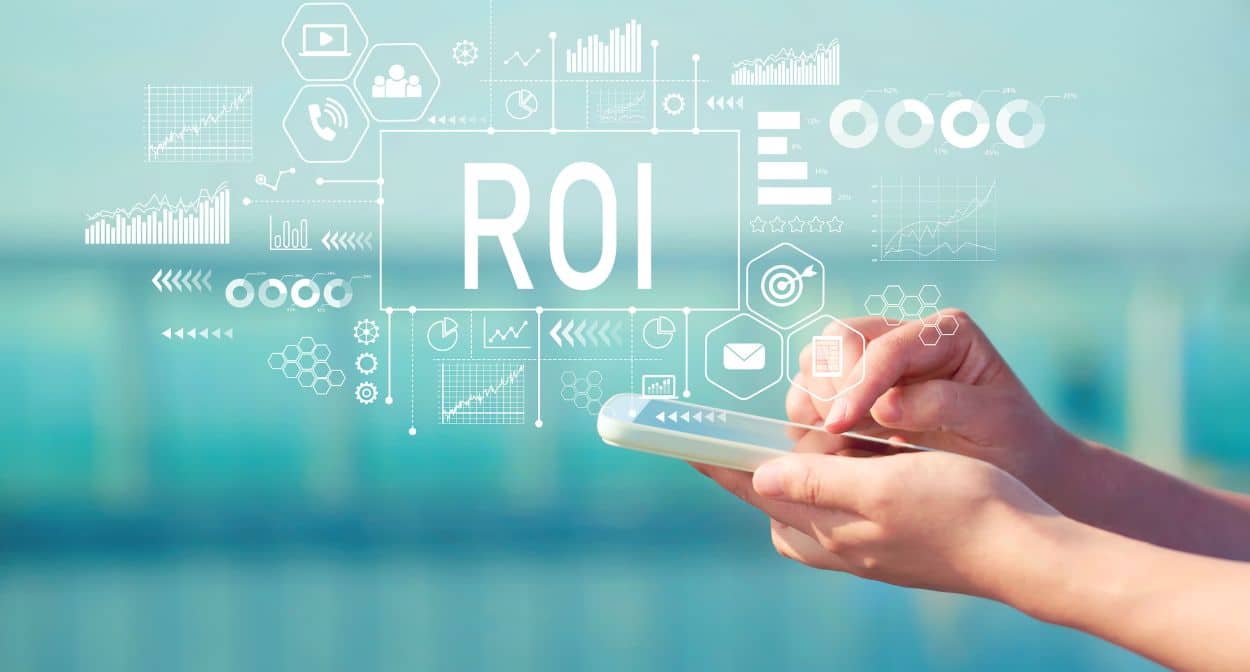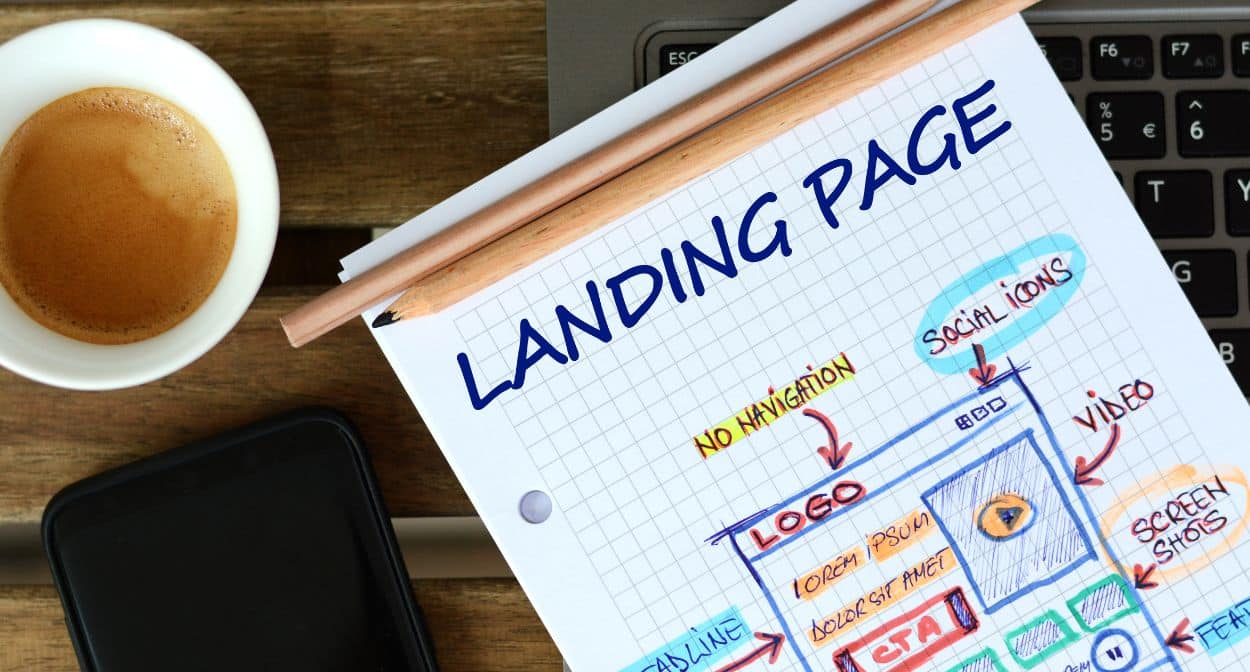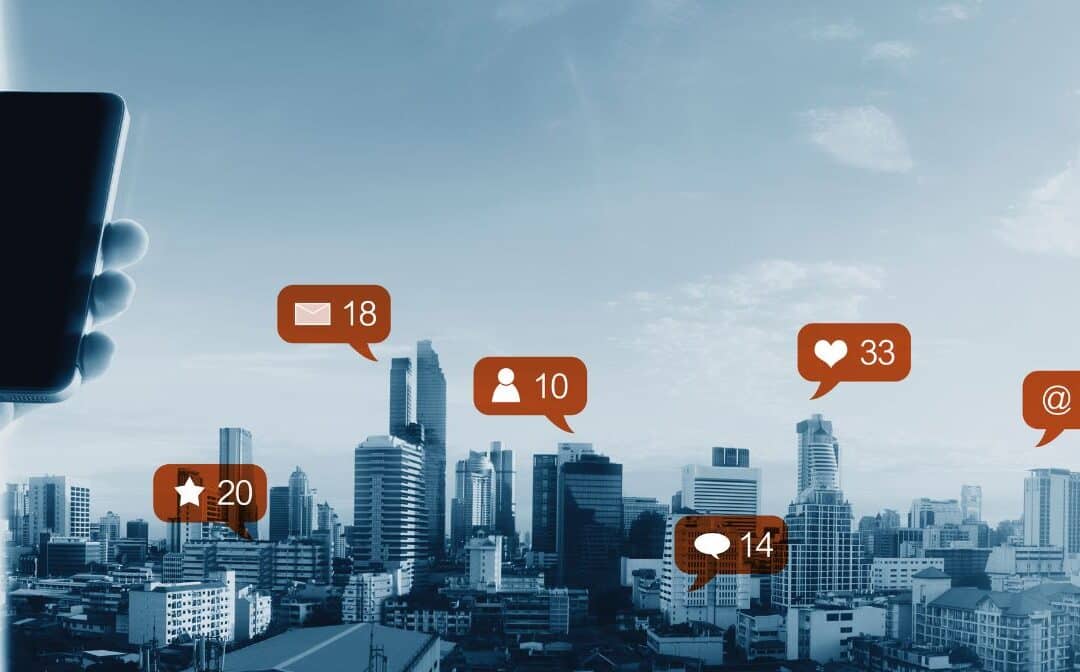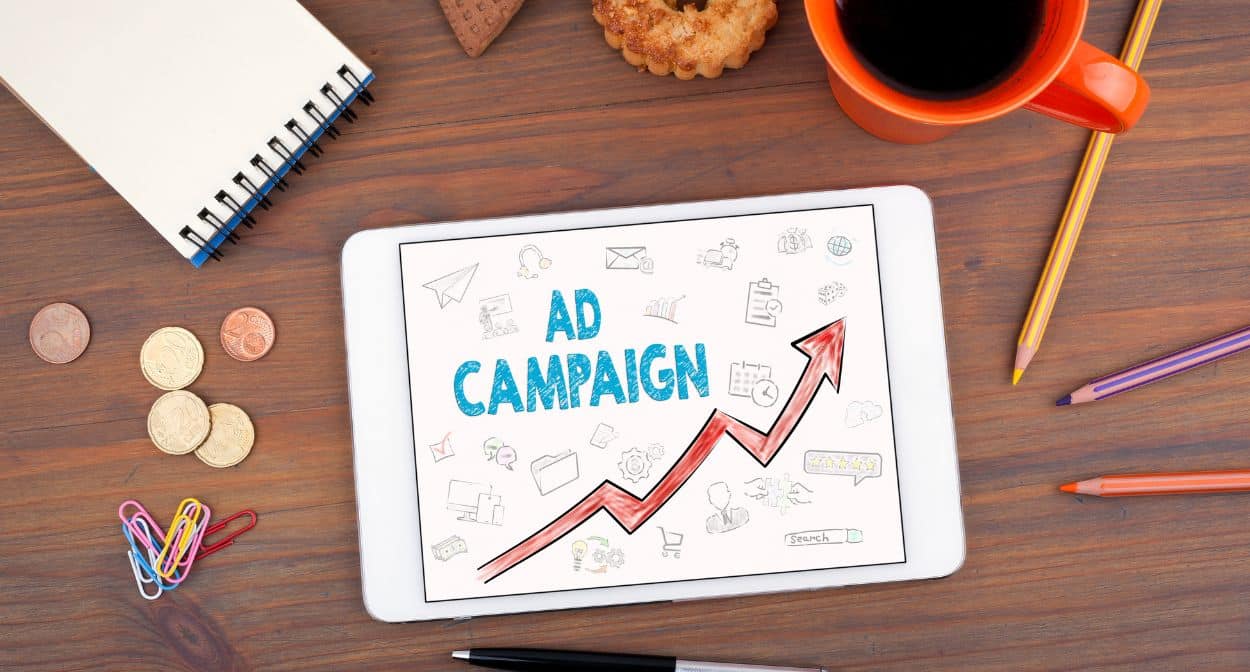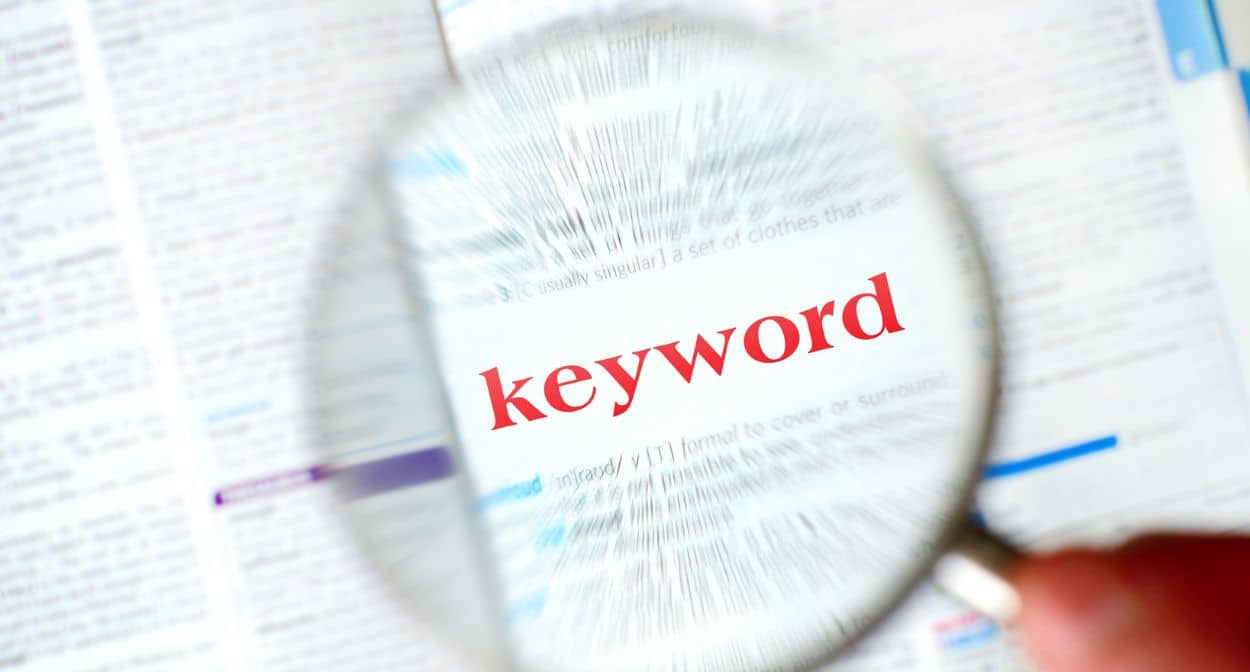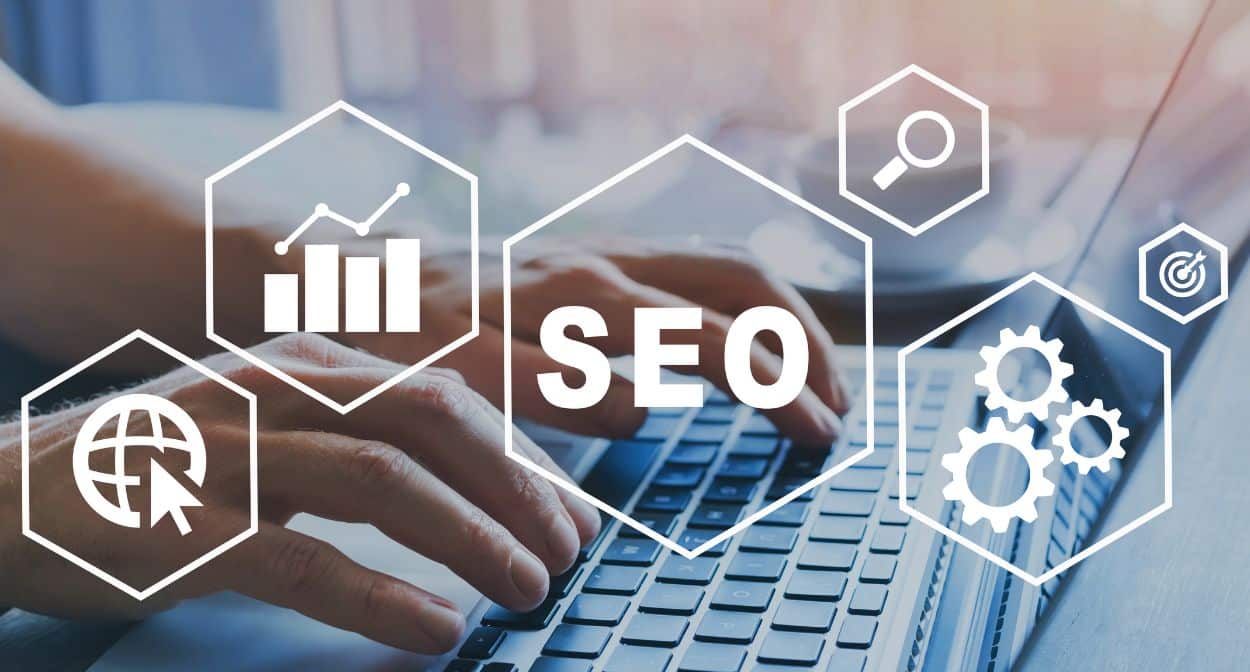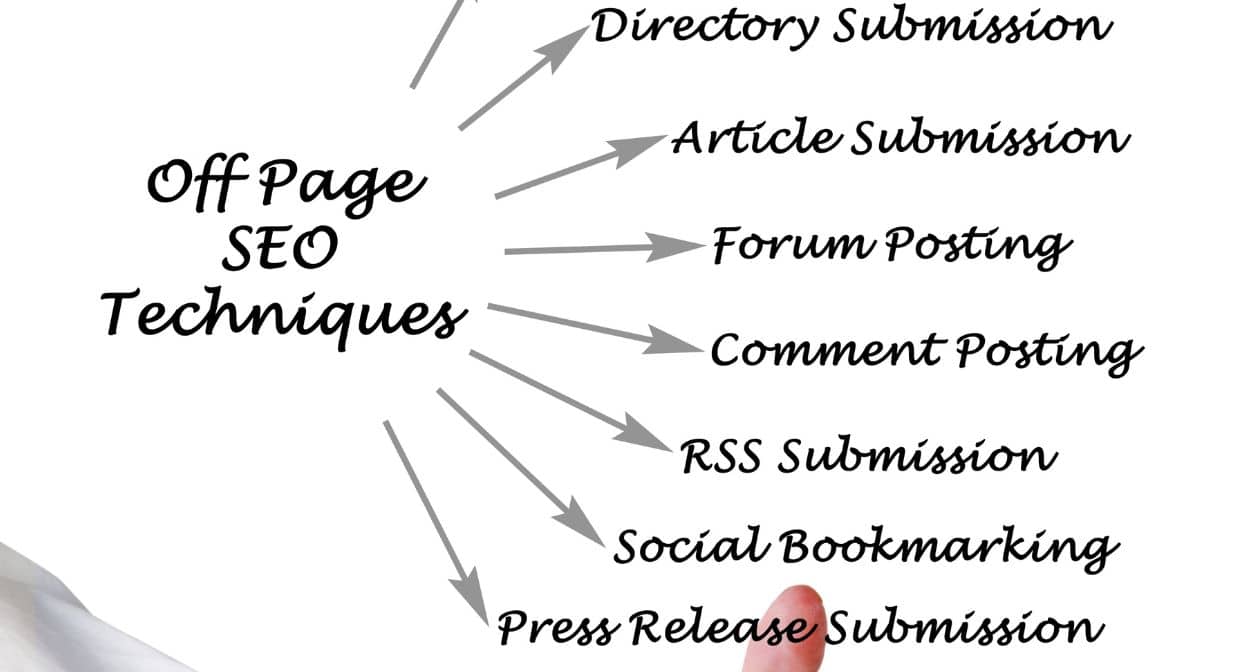
Networking Strategies to Generate Leads for Epoxy Flooring Companies: Collaborations, Events, and Referral Programs
1. Collaborating with Contractors, Builders, and Architects

Benefits of Collaboration
When epoxy flooring companies team up with contractors and builders, they gain direct access to projects in need of flooring solutions. Architects, who are influential in designing both commercial and residential spaces, often seek reliable flooring experts to execute their vision. By building relationships with these professionals, epoxy companies can secure a pipeline of steady work from high-value projects.
Steps to Build Strong Partnerships
To build and nurture these valuable relationships, epoxy flooring companies can:
- Reach out strategically: Start by creating a list of reputable contractors, builders, and architectural firms in the area. Introduce the company’s unique offerings in epoxy flooring, emphasizing expertise, reliability, and any specialized services.
- Network and engage: Attend local construction and design association meetings and events where contractors and builders are present. Offering a lunch-and-learn session to explain the benefits of epoxy flooring or holding a joint workshop on materials can provide valuable exposure.
- Provide mutual benefits: Successful partnerships are reciprocal. For instance, offer to refer clients who need general contracting or architectural services to your partners in exchange for their referrals.
- Stay connected: Periodic follow-ups are key to keeping the relationship strong. Sharing updates about new epoxy products, technologies, or recent projects demonstrates expertise and keeps your services top of mind.
By establishing trust with contractors, builders, and architects, epoxy flooring companies can ensure a steady flow of referrals. This lead generation strategy works especially well when both sides see value in recommending one another, creating a mutually beneficial relationship.
2. Attending Industry Trade Shows and Events

Industry trade shows and events are powerful venues for generating leads, building brand awareness, and establishing authority in the epoxy flooring market. Many of these events draw a diverse audience, including contractors, architects, designers, and potential clients, offering excellent networking opportunities.
Benefits of Trade Shows
Trade shows allow epoxy flooring companies to:
- Showcase expertise: By exhibiting at industry events, companies can demonstrate their work quality and innovative techniques to potential clients and collaborators.
- Build brand credibility: Being present at reputable trade shows elevates the company’s profile, making it appear more established and trustworthy.
- Network with industry professionals: These events attract key industry players looking to partner with dependable flooring specialists.
Tips for Success at Trade Shows
To maximize lead generation at trade shows, epoxy flooring companies can follow these tips:
- Invest in a professional booth: A well-designed booth with samples of epoxy flooring options, high-quality visuals, and interactive displays can attract more attendees and leave a strong impression.
- Offer live demos or presentations: Demonstrating epoxy flooring installation techniques or presenting the unique features of different products can engage the audience and encourage them to ask questions, creating opportunities to collect contact information.
- Distribute engaging marketing materials: Brochures, business cards, and product samples with contact details should be readily available for potential clients.
- Network actively: Dedicate time to walk around the event, meet exhibitors, and exchange contact details. It’s also helpful to schedule meetings in advance with specific people who will be attending.
- Leverage social media: Before the event, promote your attendance through social media, tagging the event organizers and using event hashtags. During the show, post real-time updates, sharing photos and stories of your booth, and engaging with followers.
With the right preparation, epoxy flooring companies can transform a trade show appearance into a lead generation success. Capturing leads and staying connected with attendees post-event can help develop long-term business opportunities.
3. Building Referral Programs

A referral program is a low-cost yet highly effective way to increase word-of-mouth marketing and generate more leads. By encouraging satisfied clients, business partners, and even employees to refer new clients, epoxy flooring companies can create a self-sustaining lead generation engine.
Advantages of Referral Programs
Referral programs tap into the power of trust and credibility. When a contractor, past client, or partner recommends an epoxy flooring company, the referral has an inherent level of trust and credibility that traditional marketing often lacks. This can shorten the sales cycle, as referred leads are more likely to convert into paying customers.
How to Set Up an Effective Referral Program
To create a successful referral program, epoxy flooring companies should consider the following:
- Define the rewards: Determine an attractive incentive for the person referring new clients. This could include a cash reward, a discount on future services, or even a gift card.
- Make participation easy: Develop a simple process for submitting referrals, such as an online form or a referral card that can be handed out at events or included in service follow-ups.
- Communicate clearly: Reach out to contractors, clients, and other industry partners to inform them about the referral program. Use email newsletters, phone calls, and in-person meetings to introduce the program and answer any questions.
- Offer regular updates: Periodically update participants on the success of the program. Recognizing top referrers publicly can also create friendly competition and encourage more referrals.
- Monitor and optimize: Track the performance of the referral program by measuring the number and quality of leads generated. Adjust rewards or outreach strategies as needed to maintain engagement and effectiveness.
Referral programs often yield a high return on investment, as the cost of offering incentives is typically far lower than traditional marketing expenses. With a well-designed referral program, epoxy flooring companies can tap into a reliable stream of qualified leads from trusted sources.
Final Thoughts
For epoxy flooring companies seeking growth, networking remains one of the most effective avenues for generating high-quality leads. By forming alliances with contractors, builders, and architects, attending trade shows, and establishing referral programs, these companies can build lasting connections that lead to consistent business opportunities. Networking doesn’t yield overnight results but rather creates a foundation for steady, reliable lead generation that supports sustainable business growth.


